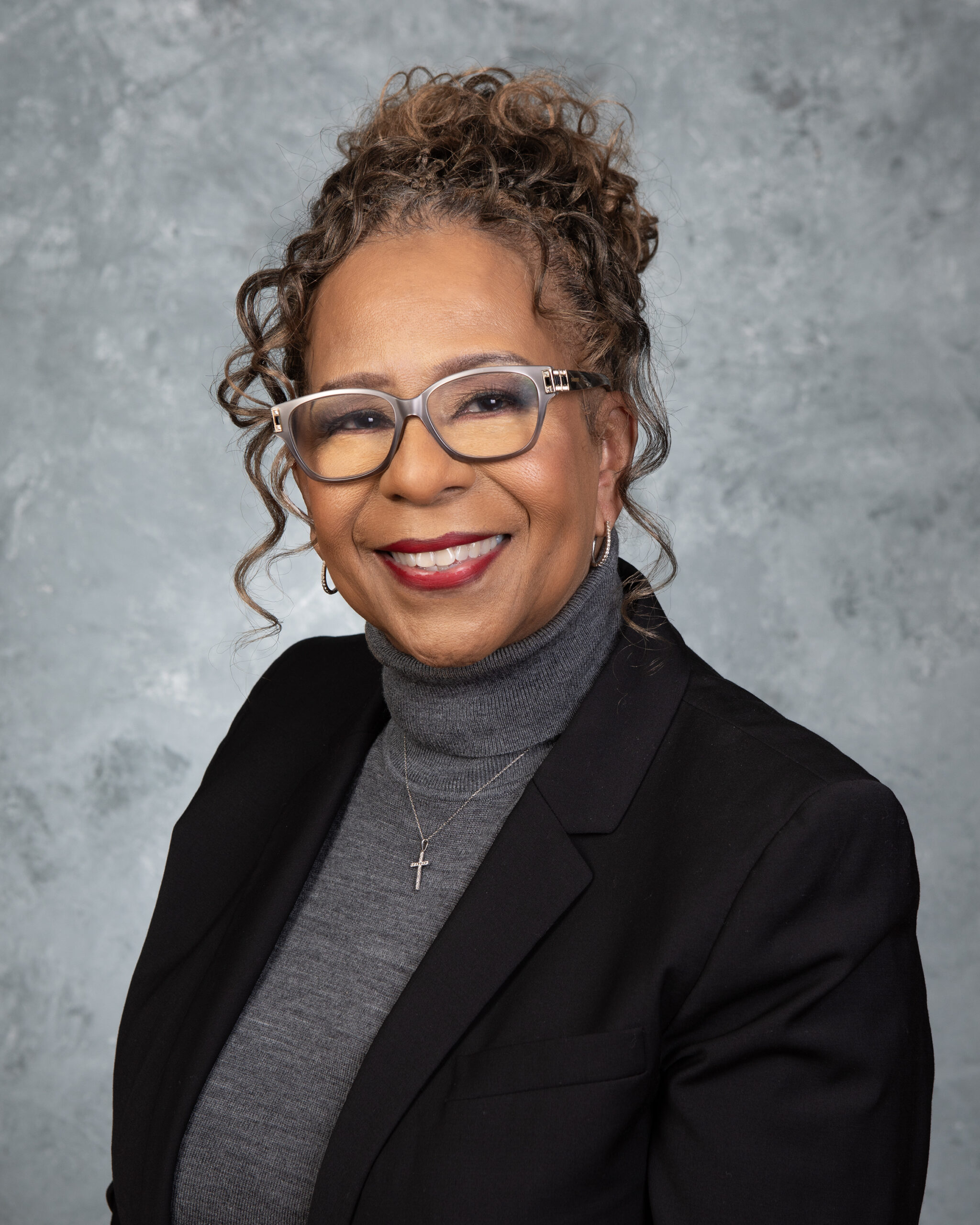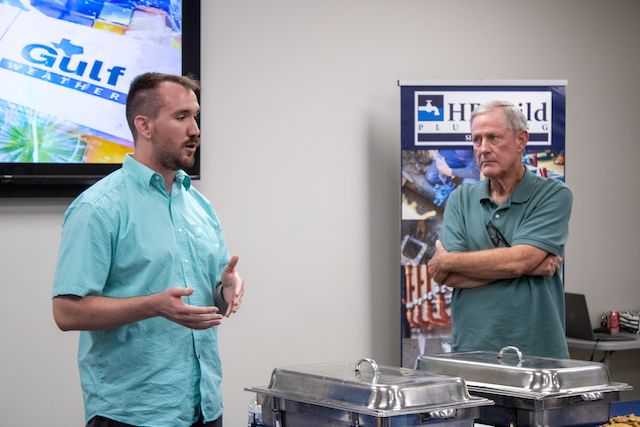BEYOND THE STORM — Expert Essay: Ports must understand hurricanes
Published 6:54 pm Wednesday, May 2, 2018
By Erik Stromberg
Special to The News
BEAUMONT — Lamar University’s Center for Port Management held a special industry workshop on emergency response planning that was mainly focused on reviewing the region’s 2018 hurricane planning initiatives. The event was held Tuesday at Lamar’s Center for Commercialization, Innovation and Entrepreneurship, in which the Center for Port Management is housed. Nearly 50 industry and government participants were joined by half dozen Lamar University faculty in this informative, interactive workshop. This workshop was the fifth in the Center’s series of industry relevant continuing education workshops and symposia.
Bryan Markland, emergency response and security manager at Lucite International in Nederland, led the effort to develop the workshop, which he also facilitated. The workshop agenda featured a presentation by Roger Erickson, senior forecaster for the National Weather Service in Lake Charles.
Key to forecasting storms in the Gulf is understanding the surface temperature in the equatorial Pacific Ocean. The 2018 hurricane season may be more active than average year due to the “La Nina to neutral” condition in the equatorial Pacific Ocean. Of note, Coast Guard Captain, Port Arthur MSU, Jacqueline Twomey, and Mike White, Jefferson County Emergency Management Office, assistant coordinator, participated in the entire workshop.
The workshop was designed to be interactive, recognizing that the cumulative knowledge and experience in the room exceeded any one speaker. The agenda ran through the items and issues arising in planning for a hurricane, or major storm event, largely in chronological order. Highlighted topics included the pre-storm preparation timeline, personnel (eg, who stays? who goes? when?), and perhaps the most critical components: coordination and communication—both within the organization and with external stakeholders.
Each participant was encouraged to bring or review his or her organization’s hurricane/major storm plans in order to “exercise” those plans in a table-top type format. Markland presented a prospective forecast hurricane he named “Mirabeau,” that ultimately made landfall in Southeast Texas as a Category 3 storm. The storm’s track from the Greater Antilles Islands in the Caribbean (Cuba, Hispaniola, Puerto Rico, etc.) to the western Gulf was charted in real time with the information that would have been available.
Participants were asked for their response and activities, especially after the storm entered the 120-hour planning window. (Some organization’s hurricane plans are triggered at 96 hours.) At the workshop’s conclusion, Markland revealed to the surprise of a few but by no means all, that the mock storm was Hurricane Rita.
Key takeaways included the need for communication systems to be active, current, accurate and resilient. In addition, a storm event precipitates the transition of the normal chain of command needing to take a step back so that response and recovery can be conducted by subject matter experts and proceed expeditiously.
Most important in any plan is taking care of your personnel. The environment and corporate assets follow at a distance. As with most major disruptions to operations, a follow-up review (hot wash) is important so as not to lose lessons learned and best practices.
The workshop was video recorded. Major points were also documented. Both will be available and posted on the Center’s website in the coming weeks (lamar.edu/portmanagement).
In a related development, the Southeast Texas Waterways Advisory Committee on Thursday amended its charter and stood up a new subcommittee with the lengthy title of “Education, Research, Port Welfare and Workforce Development.”
I am pleased to accept the chair, and Father Sinclair Oubre will serve as vice chair. Much in the area of port welfare and workforce development needs to continue to be accomplished. But, a primary focus of the new subcommittee has to be improved resilience of the ports, terminals and other stakeholders and users of the Sabine-Neches Waterway.
We will be planning a workshop in the next several months that will focus on resilience strategies for the ports and waterway interests in SE Texas. Please watch for the dates on SETWAC’s and CAPM’s websites.
Erik Stromberg is executive director, Center for Advances in Port Management, Lamar University in Beaumont.
This story appeared in Volume 4 of The Port Arthur News Profile, April 29, 2018





